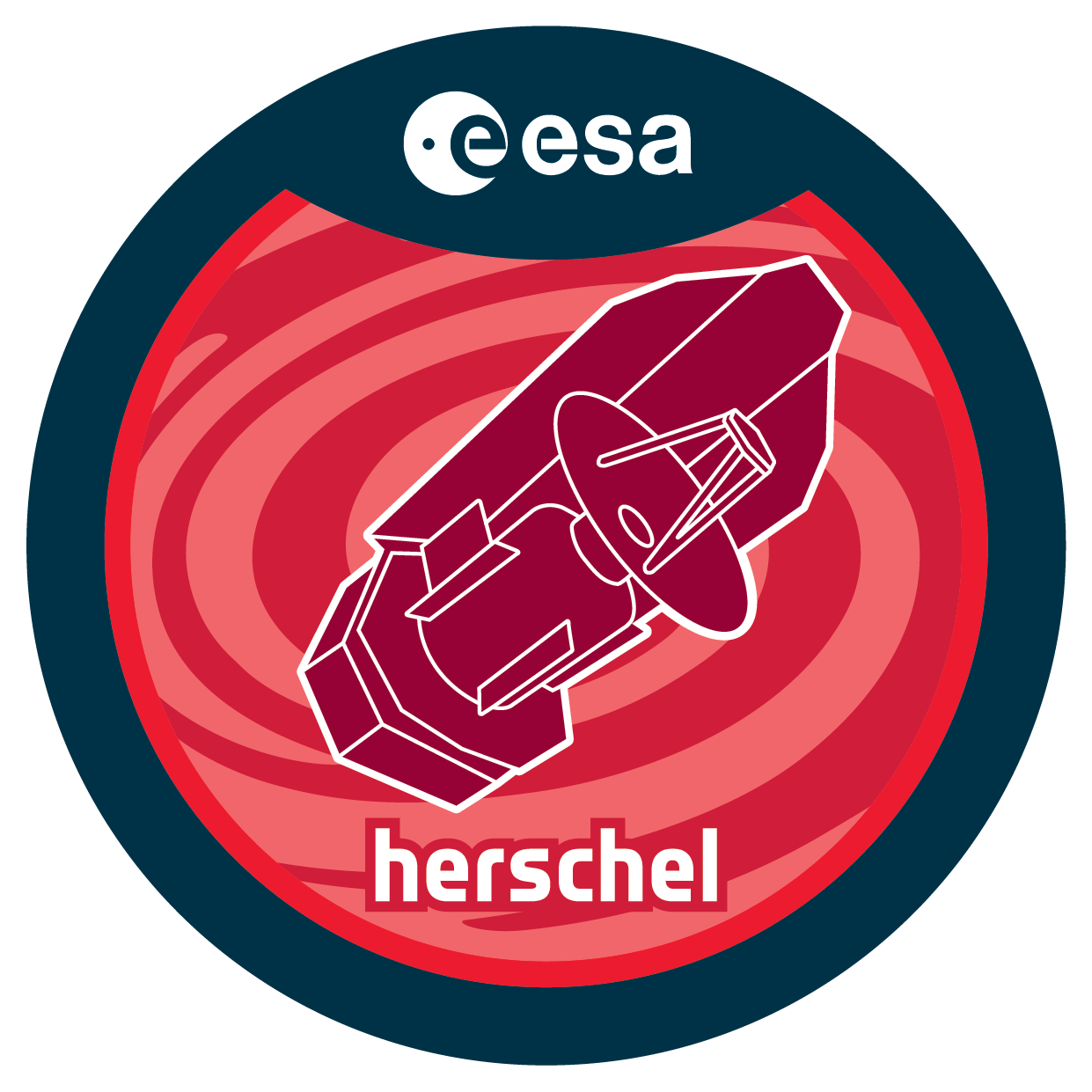| Description |
Understanding the formation and evolution of the first quasars, theirsupermassive black holes and host galaxies is one of the mostimportant goals of both observational and theoretical astrophysics.In the last decade there has been immense progress in the discoveryand study of z>6 quasars but since the discovery of SDSS J1148+5251with z=6.42 by Fan et al(2003) almost a decade ago no quasar has beendiscovered with z>6.5. Recently, using data from the UKIDSS survey wehave discovered a bright (KVega=17.7) quasar ULAS J1120+0641(Mortlock et al, 2011) which is the most distant quasar currentlyknown at z=7.085, smashing the previous record of z=6.44 by a largemargin. Furthermore, in the last few months, using data from the ESOVISTA public surveys, we have discovered three more quasars atz>6.5, with similar rest frame UV luminosity as ULAS J1120+0641 andredshifts of z=6.6, 6.8 and 6.9 respectively. Observations with thePlateu de Bure Interferometer of the z=7.085 quasar ULAS J1120+0641have already revealed a significant detection of the CII 158microncooling line which is the dominant interstellar medium (ISM) gascooling line in star-forming galaxies confirming the presence of anultraluminous star-forming galaxy associated with this quasar. In thisproposal we shall carry out PACS and SPIRE photometry in thewavelength range 100-500microns corresponding to 12-60microns in therest frame in this sample of four z>6.5 quasars with the goal ofmeasuring the shape and luminosity of the FIR continuum in theseprimeval objects. These measurements will provide unique constaints onthe star-formation rate, dust mass and dust temperature of theearliest massive star-forming galaxies. |

